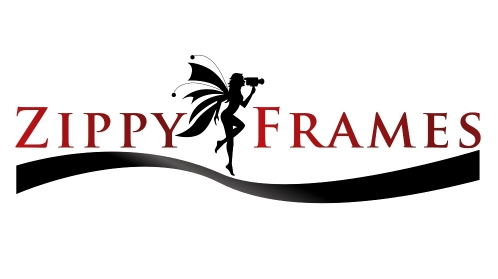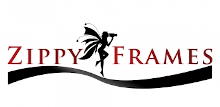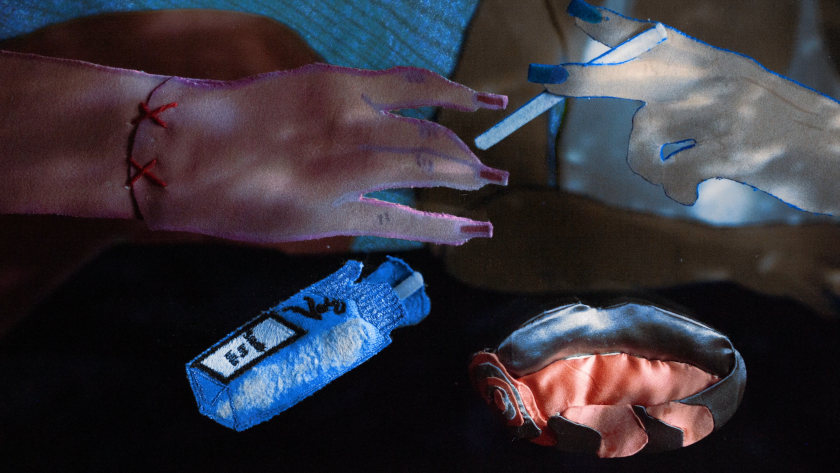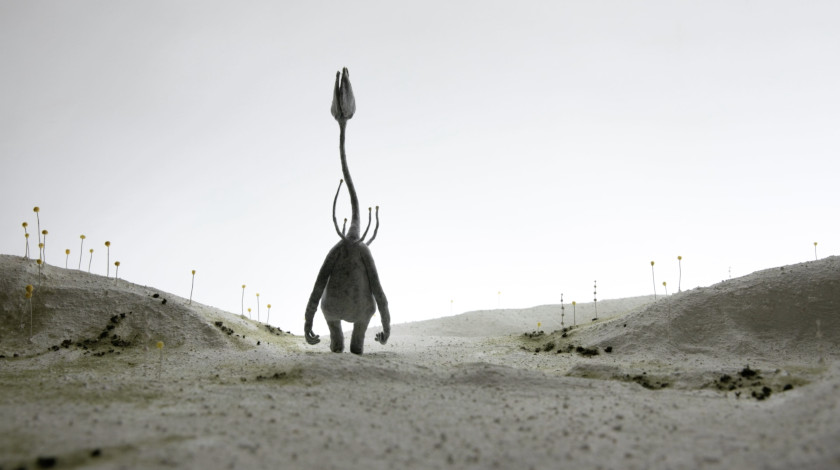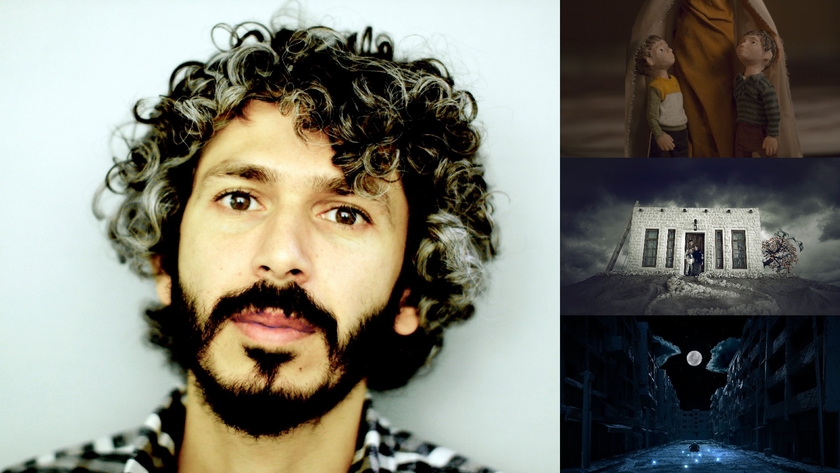“They Wanted the World to Know What They Were Going Through”: Interview With Palestinians Haneen Koraz and Nour A-Jawad (Stop-Motion Animation Workshops)
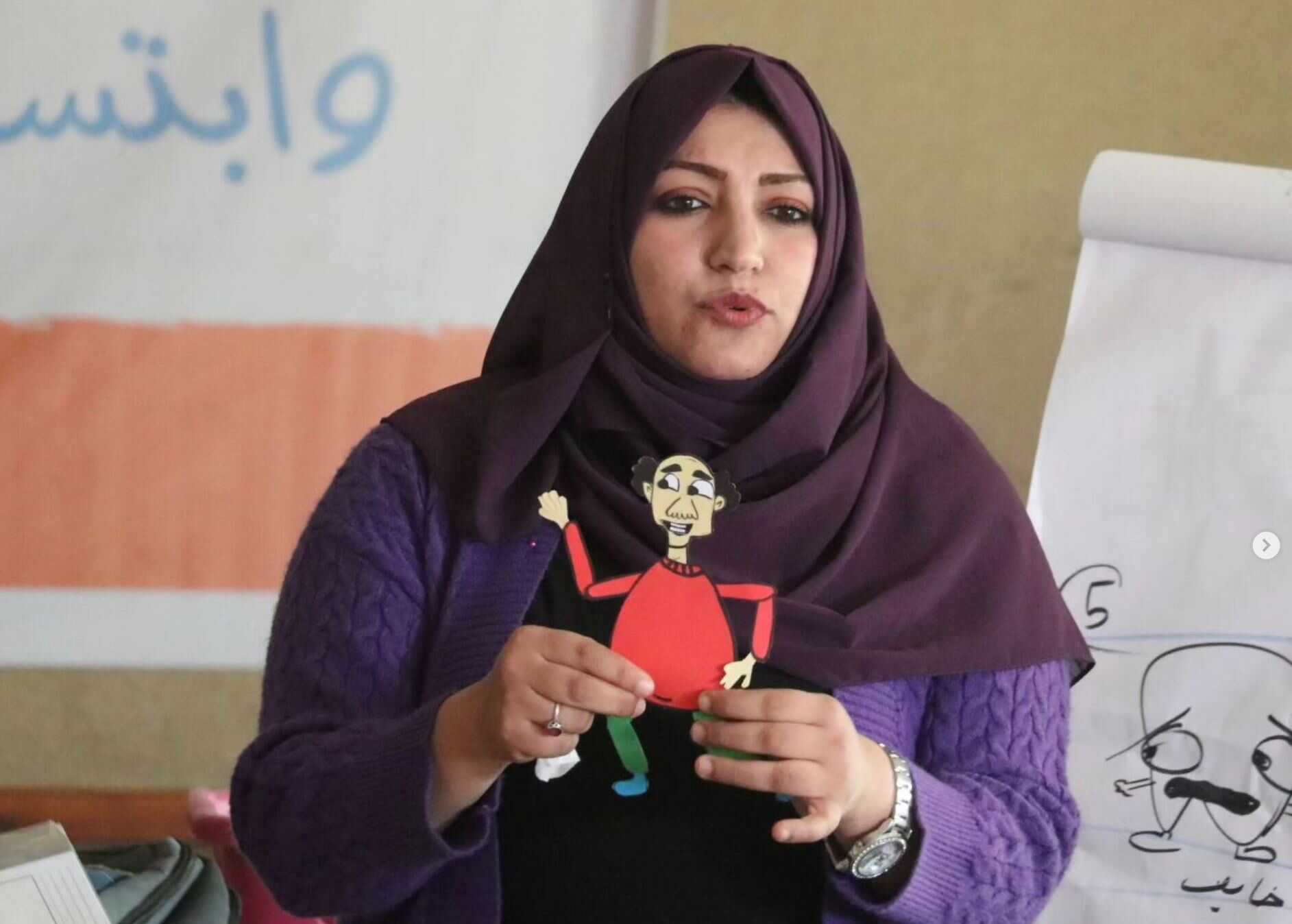
Works like the Palestinian anthology film From Ground Zero highlight cinema as an increasingly important and insightful two-way street for communicating beyond the sensationalized dimensions of life in Gaza today. Other projects have also taken up this effort, including a series of stop-motion animation workshops in Gaza led by animator and educator Haneen Koraz, who began in the field of visual arts in 2012. Today, she is joined by Nour A-Jawad and Shorouq Darwish, both of whom assist with the project. Even though the workshops began as a way to engage children and encourage an expressive outlet for young people, they quickly became increasingly popular amongst other interested individuals who have been internally displaced to Deir al-Balah in southern Gaza.
To learn more about this grassroots endeavor, Zippy Frames spoke with Haneen and Nour about the workshops -with special thanks to Rawda Harb for assistance in translating during the interview.
Zippy Frames: What were the project's origins, and how did it first come about?
Haneen Koraz and Nour A-Jawad: I [Haneen] started [with animation education] in 2012, and the other two ladies [Nour and Shorouq] started in 2019. We started working with kids in schools and different community centers, talking about children's hopes, dreams, and goals for the future. It was fun stuff like that in a more academic or community context. This was before the war, before the genocide. After the genocide started, for the first few months, we were very scared and didn’t go anywhere. We didn’t know where to go, but we had moved to the south when the bombing started. We were there for the first few months, but we didn’t know what to do. Then, a previous student actually reached out to ask, “I would love to do something; I want to do stop motion. Can you please help me? I don’t know what supplies I would need.” We said, sure, let’s do it. Then, the first workshop project started with 'A Day in the Tent' [shown previously at StopTrik]—that’s the animation where they’re talking about the life they have.
ZF: What have you seen in terms of impact, emotional responses, educational trajectories, and so on in the participants?
H.K & N. A-J.: First, we started with workshops for children. When the parents would come, for instance, the mothers would go in with the kids just to take part in the workshop because it was so much fun. But you can imagine how tough it was for the kids. They were like, “I have to go get wood so that we can start a fire and cook, and then I have to do a workshop on top of this!” The kids were worried about how they would juggle these responsibilities, but they really wanted to do it. It was very exciting for them because they really wanted to make it work. They would be running to the workshops just so they could take part. Then, when the parents were there, they said, “We would like to do something, too.” That’s when we started another workshop for women and others interested in participating, which was also very successful. Amid a genocide, when you have no space and nothing else happening, it was a pleasurable activity and a hobby—a fun thing they were doing.
But also, as you can see in ' A Day in the Tent', the participants also wanted to address a problem they were facing. They wanted to communicate something. They wanted the world to know what they were going through. We began to train people who have hearing disabilities. We trained them through a workshop, and then those people went on to train another cohort of people with hearing disabilities. It became a train-the-trainer situation without really intending to do so. The overall response and results have been amazing.
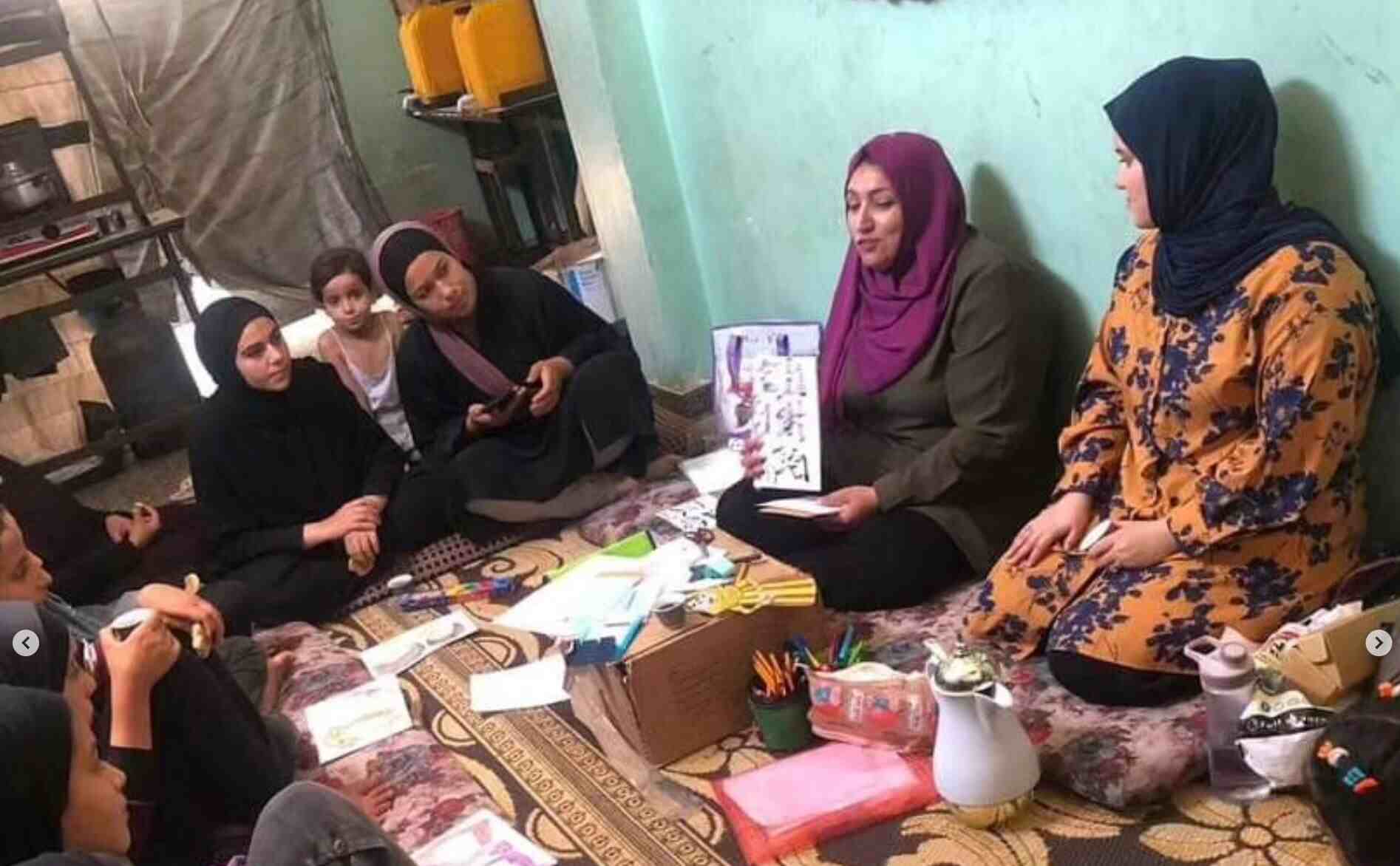
Haneen presents to a group of workshop participants.
ZF: As animation is a way for participants to express themselves and show what they’re going through, were certain emotions or stories that began to stand out?
H. K. & N. A-J. One particular story touched me [Noor] because the participants were doing a lot of storytelling. We showed the children a movie, asking them to think of hopes and dreams and go from there. We were expecting somebody to say that they hoped the war ends or something, and one child simply said they wished for a bar of chocolate, because chocolate was non-existent in Gaza for a while, or sugar at all—we couldn’t eat anything sweet. We do a lot of storytelling, focused on listening and doing things from the ground up. We give the kids a keyword around which to build something and to go forward. There are a lot of emotions—anger, sadness, empathy, pity, fear. But random things would inspire some of the animations, like one on eggs. There were no eggs—so they couldn’t bake anything and couldn’t eat any. It was a lot of things like this [that they began animating]—versus being afraid of the sounds of the drones and planes. All of these feelings intersected with where they were living. However, we are lucky because we still have homes that haven’t been bombed, whereas a lot of kids and participants are either in tents or refuge spots that are in schools, for instance. It adds layers to the feelings and complications of the emotions.
ZF: Stop-motion animation requires resources and often physical materials if it’s not digital. What were the challenges when it came to the material side of the workshop?
H. K. & N. A-J.: During the war, when we were trying to start up, we didn’t find any art materials in the south. These only exist in the north of Gaza, and this is where some of the factories that make the art supplies we are using are located. There were also some factories in the north of Gaza that are, of course, now all decimated. They’re gone and bombed. We used to have a studio but lost everything—lights, cameras, laptops, valuable things. When we were trying, three months later, to start up with things, not only were the materials almost non-existent or rare to find, but if you found them, everything was three to ten times the price. For example, something that cost three dollars before the war cost 30 during the war. We’re artists, so to begin with, we don’t have large salaries. We don’t have this financial blanket to fall back on.
Then, we were doing the workshops in the south in tents. The tents aren’t equipped properly—they don’t have tables and chairs where people can sit, cut, and draw. We had to become very creative and asked people to bring things with them: “Do you have a pot at home? Do you have a tray?” Then, we could use it as a makeshift table. We tried to be very flexible and find simple solutions for everything. There was a particular time when we really needed stuff. In a previous workshop, we gave a gift package to people with hearing disabilities to say thank you. It was a generous gift package with some lights and paper. We were very reluctant to ask for it back and to borrow the materials, but we thought it didn’t hurt to ask. We wrote to them on WhatsApp and were amazed by the response. The 12 people we had given these packages to came to the house with cameras and lights and everything. One of our little jokes was that we couldn’t find sticky blue tack anymore.
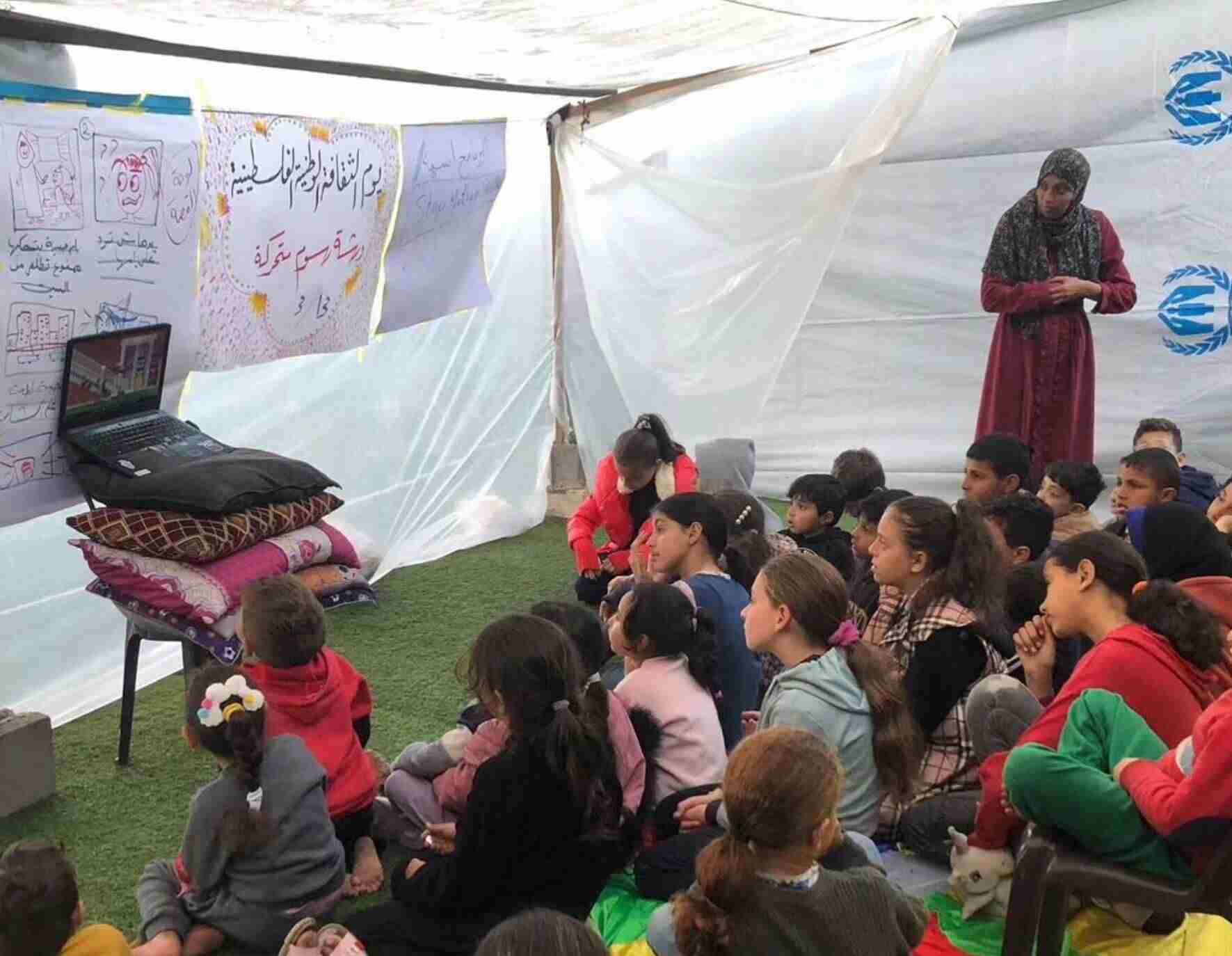
Children living in a camp for internally displaced Palestinians watch stop-motion animated films.
ZF: Circumstances are constantly changing, and naturally, there are greater questions about safety at hand. Where do you want to take the project's future, and how can the broader global community help achieve these goals?
H.K & N. A-J.: The goal is to give as many children as possible an hour to express what they’re feeling from the war and what they’re seeing every day. But also, we want it to be something where they’re free and can work with their hands to make something creative and beautiful they’re proud of. Cartoons are a nice, easy way for a message to spread. There are always two things that happen with the workshops. There is always a discussion circle that happens. We tend to show things on a screen and it’s a bit loud, so inadvertently, passersby see the projects. They’ll poke their heads in and say, “Hey, that’s what we’re going through, or that’s a good solution.” It triggers a conversation. During the discussion circles, people also talk about what they’re working on or what they’re doing. For instance, maybe a few tents share a bathroom, and after the workshop, people start to talk and say, “Why don’t we try to build another bathroom or try to dig so that the sewers go the other way?” We’re trying to show a different way to survive the genocide and show who these people are. Instead, we're trying to send out a beautiful, artistic message.
You can watch more about the stop-motion workshops here and follow Haneen Koraz's Instagram here for the latest updates on the workshops. You can also directly support the workshops with a financial donation via Patreon and GoFundMe.
